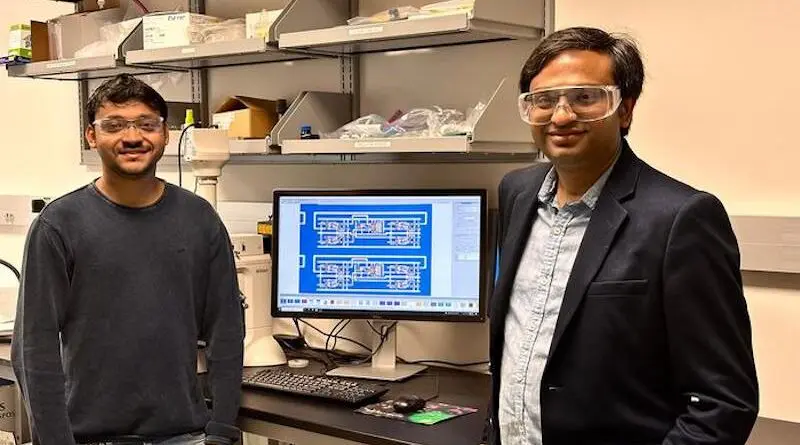A team of engineers at Pennsylvania State University has unveiled the first-ever computer made from atomically thin materials, marking a bold step beyond traditional silicon-based electronics.
Rather than relying on the industry-standard silicon, the researchers constructed a CMOS logic system using two two-dimensional materials: molybdenum disulfide (used for n-type transistors) and tungsten diselenide (used for p-type). These ultra-thin semiconductors, only a few atoms thick, are known for retaining their electrical performance at nanoscale sizes.
Professor Saptarshi Das, who led the initiative, explained the motivation behind the work: “As silicon-based devices approach their physical limits, the industry must explore materials that continue to function reliably at atomic dimensions.”
The team employed metal-organic chemical vapor deposition to grow precise layers of each 2D material. After manufacturing over 1,000 of each transistor type, they managed to assemble a functioning CMOS logic circuit—a basic computer capable of performing essential logic instructions at up to 25 kilohertz.
What makes this even more significant is its energy profile. The system operates at lower voltages and consumes minimal power, making it ideal for future applications in flexible electronics, biomedical implants, and next-gen IoT devices.
While this early-stage computer lacks the speed or complexity of modern processors, it represents a critical proof of concept. “This is a foundational moment,” said Subir Ghosh, co-author and PhD researcher. “We now have a functional logic device entirely based on 2D materials—something that was theoretical just a few years ago.”
As researchers continue to explore how to scale and integrate these materials into larger systems, the age of post-silicon computing seems closer than ever.





